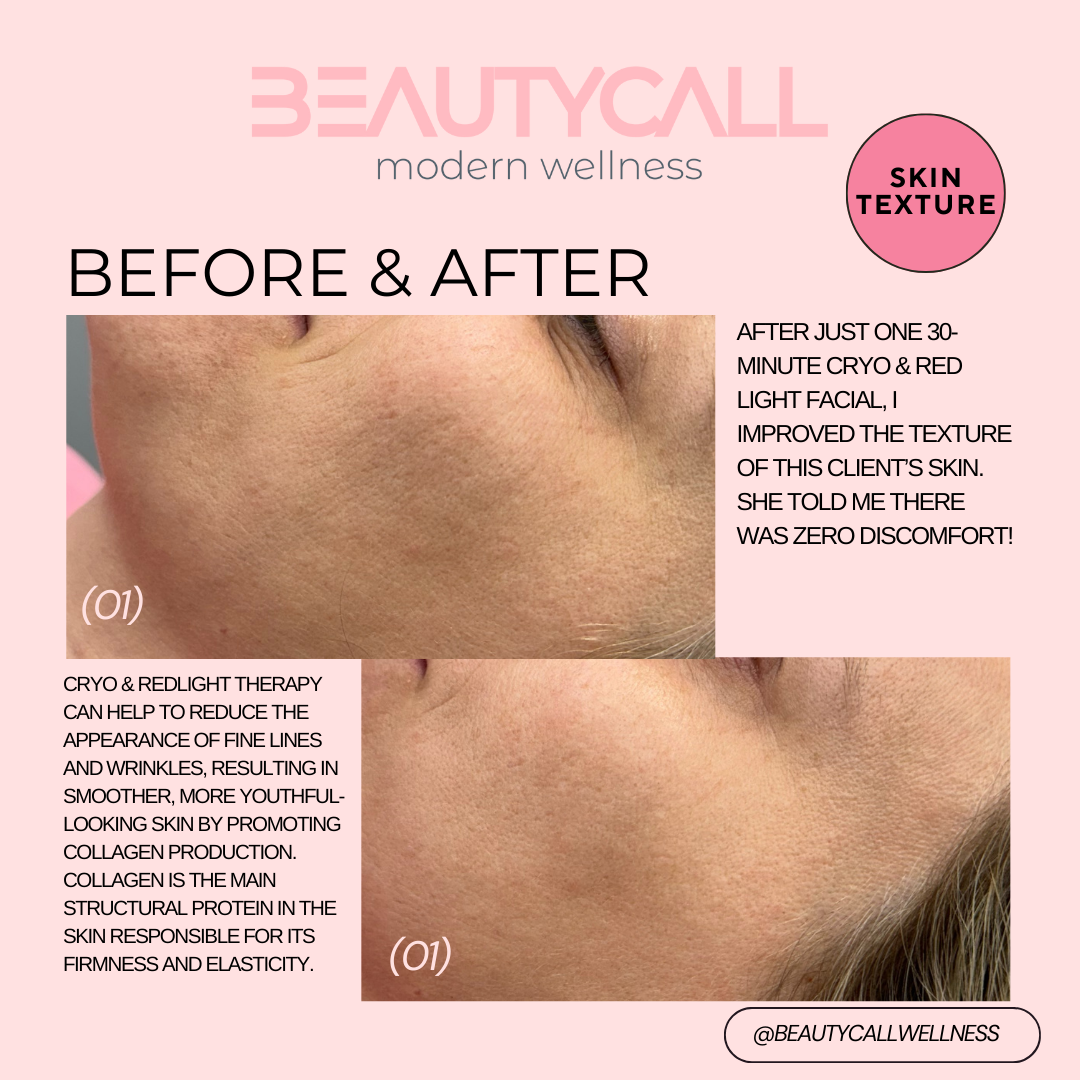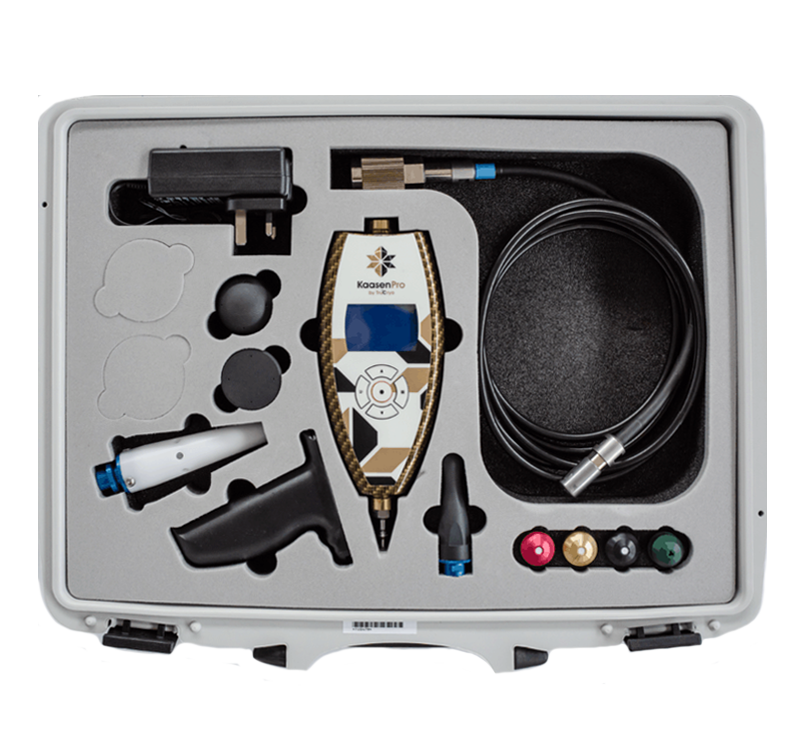Shedding Light on Wellness: The Science Behind Infrared and Red Light Treatments
How Does Red Light Therapy Work?
In the pursuit of holistic health and wellness, light therapy has emerged as a promising avenue for enhancing cellular function, promoting healing, and improving overall well-being. Among the various modalities of light therapy, infrared and red light treatments have garnered attention for their therapeutic potential. But what exactly is the science behind these illuminating therapies? Let's explore the mechanisms and benefits that make infrared and red light treatments a beacon of hope in the realm of wellness.
Understanding Infrared and Red Light Therapy:
Infrared and red light therapies involve the use of specific wavelengths of light to penetrate the skin and stimulate cellular activity. Unlike ultraviolet (UV) light, which can be harmful in excessive doses, infrared and red light therapy harness non-ionizing wavelengths that are safe for therapeutic use. These treatments can be administered via specialized devices, such as light panels, handheld wands, or full-body booths.
The Science Behind the Glow:
At the core of infrared and red light therapy lies the interaction between light energy and cellular components, particularly mitochondria—the powerhouse of the cell. Mitochondria contain chromophores, molecules that are capable of absorbing light energy and converting it into cellular fuel in the form of adenosine triphosphate (ATP).
Increased ATP Production:
When cells are exposed to infrared and red light, the absorption of photons by mitochondrial chromophores stimulates the production of ATP. This boost in cellular energy enhances various metabolic processes, including cellular repair and regeneration.
Enhanced Circulation:
Infrared and red light therapy promote vasodilation, or the widening of blood vessels, leading to increased blood flow to the treated area. Improved circulation facilitates the delivery of oxygen and nutrients to cells, as well as the removal of metabolic waste products, thereby supporting tissue repair and regeneration.
Reduction of Inflammation:
Light therapy exerts anti-inflammatory effects by modulating the activity of immune cells and reducing the production of pro-inflammatory cytokines. This anti-inflammatory response is particularly beneficial for alleviating pain and swelling associated with inflammatory conditions, such as arthritis and tendonitis.
Collagen Synthesis:
Infrared and red light therapy have been shown to stimulate the production of collagen, a protein essential for maintaining skin elasticity and promoting wound healing. By enhancing collagen synthesis, these treatments can improve skin tone and texture, as well as accelerate the healing of wounds and scars.
Benefits of Infrared and Red Light Therapy:
1) Pain Relief: Light therapy offers effective relief from various types of pain, including musculoskeletal pain, neuropathic pain, and inflammatory pain conditions.
2) Skin Rejuvenation: Infrared and red light therapy promote collagen production and improve skin complexion, reducing the appearance of wrinkles, fine lines, and blemishes.
3) Accelerated Healing: By enhancing cellular metabolism and circulation, light therapy accelerates the healing process for wounds, injuries, and surgical incisions.
4) Mood Enhancement: Some studies suggest that exposure to red light may have mood-enhancing effects, potentially alleviating symptoms of depression and seasonal affective disorder (SAD).
Conclusion:
Infrared and red light therapy represent a cutting-edge approach to promoting health and wellness through the power of light. By harnessing the therapeutic properties of specific wavelengths, these treatments offer a non-invasive and drug-free means of addressing a wide range of health concerns, from pain and inflammation to skin rejuvenation and mood disorders. As research continues to unravel the intricacies of light therapy's mechanisms and applications, it holds the promise of illuminating new pathways to optimal well-being.





